Security
Most of the houses of the Khrushchev era are equipped with gas water heaters... Careless handling and untimely repairs can lead to an explosion. There is a version that in this case the wave will pass through the window and the damage will be minimal. But in fact, the partitions in panel houses are very thin and with a powerful explosion, a small window under the ceiling will not in any way affect the consequences of the shock wave.
Light source
In the second half of the 20th century, people experienced much more domestic difficulties than now: due to a shortage of electricity, the lights were often turned off during the day. The window served as an additional source of illumination.
This is still true today: many owners of apartments with an internal window, running into the bathroom for a minute, do not reach for the switch and save energy - there is enough light for a short stay.
Revealing space
Since Khrushchev houses are not distinguished by spacious bathrooms, the window allows you to slightly "unload" the cramped bathroom box, which is especially important for people who feel discomfort in confined spaces. Some residents Khrushchev found additional advantages of the inner window:
- "You can tell from the kitchen if there is someone in the bathroom."
- "If you're swimming, you can look into the kitchen and see the time on the clock."
- "As a child, I really liked this window from the kitchen to the bathroom, there was a feeling that you were with everyone."
Insolation
The only correct version on the presence of a window between the bathroom and the kitchen - ensuring sanitary safety standards.
The five-story buildings were developed during the active fight against tuberculosis, so sunlight had to enter all the rooms of the apartment.
As conceived by specialists, this would help to disinfect a damp room and kill Koch's wand. But in terms of efficiency, a window so high did not pay off.
Medicine has coped with the spread of tuberculosis, and forced ventilation has controlled the humidity in the bathroom.
How to be today?
Opinions about the advisability of a window between the bathroom and the kitchen differ. Some feel uncomfortable taking a bath and worrying about a violation of privacy, while others find the window useful.
Some apartment residents leave the window on purpose, so that during an accident, a person who is locked from the inside can get through without knocking out the door.
If the window does not bother you, instead of the old frame and glass, you can put a double-glazed unit - the interior will be transformed for the better.
Another variant - replace a blind window with a hinged one: the sash will allow you to ventilate the bathroom without opening the door leading to a narrow corridor.
Sometimes apartment owners deliberately widen the window, creating an interesting decorative element that makes the kitchen partition lighter. But if the window seems superfluous, there is an easy way to ensure your privacy - to seal the glass with stained glass film (or insert a real stained glass window).
In order not to deprive the bathroom of light, but to add a sense of privacy, the opening can be laid with glass blocks.
Also, the window is turned into a niche with a shelf, dismantling the old frame and plastering the inner surface with a starting putty. After alignment, the window is tiled or mosaic.
And in order to get rid of an unnecessary element, it is necessary to install a crate in the form of a chipboard shield and a plaster mesh, and then fill the opening with cement mortar.
Instead of chipboard, you can use a sheet of moisture-resistant drywall or plywood.
A more fundamental, but also reliable option is to lay the window with a brick: then it is allowed to fasten something heavy to this section of the wall.
Despite the prevailing opinion about the absurdity of the window between the bathroom and the kitchen, at one time it served a good service and still benefits the owners today. Leave an opening or sew it up - everyone decides for himself.


 10 practical tips for arranging a small kitchen in the country
10 practical tips for arranging a small kitchen in the country
 12 simple ideas for a small garden that will make it visually spacious
12 simple ideas for a small garden that will make it visually spacious
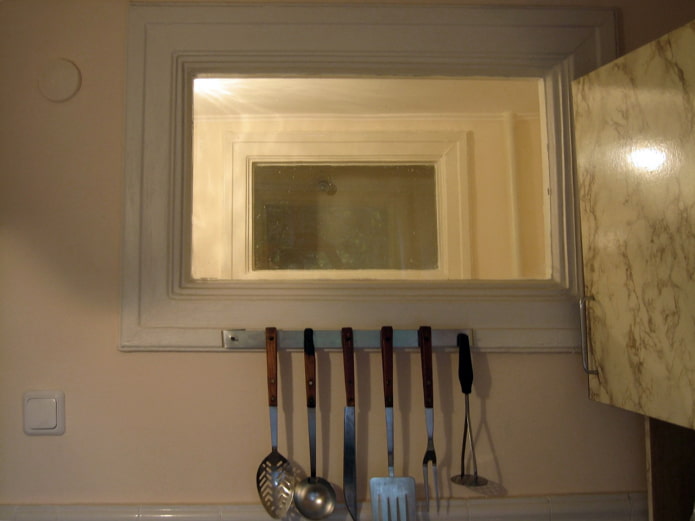
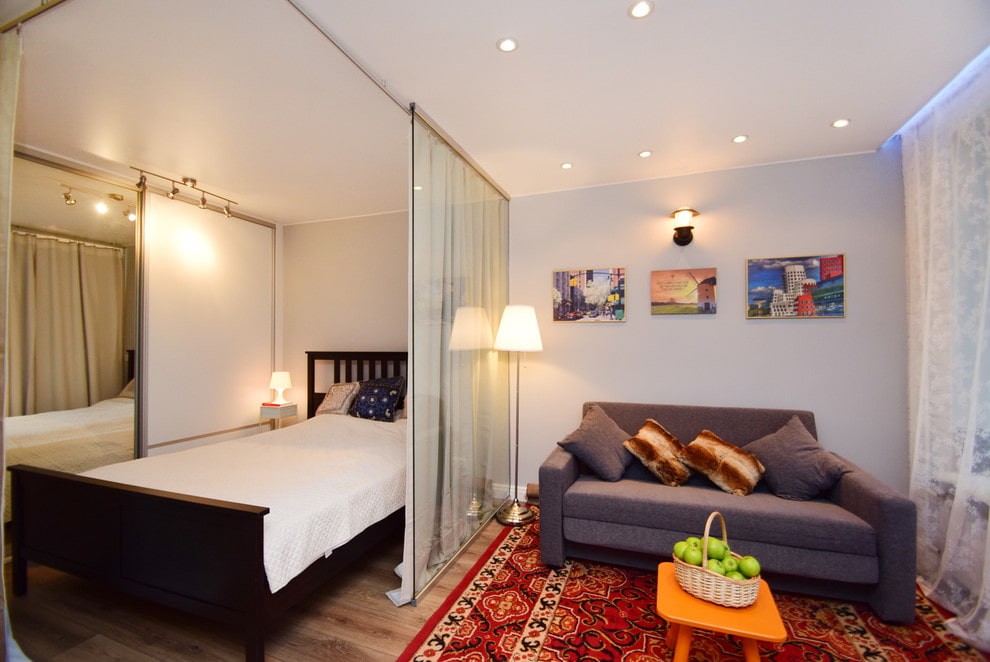
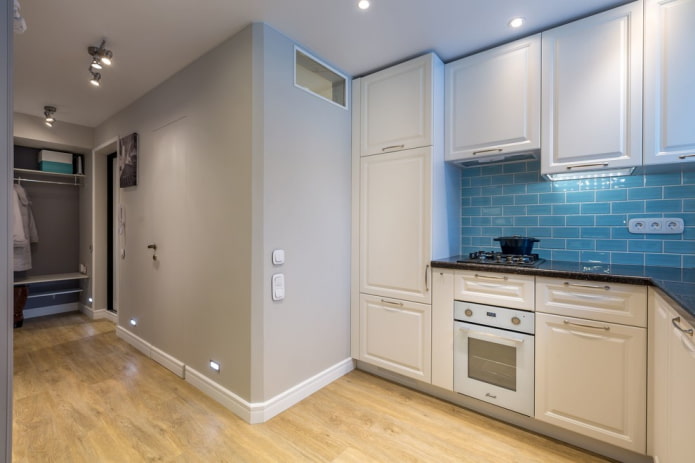
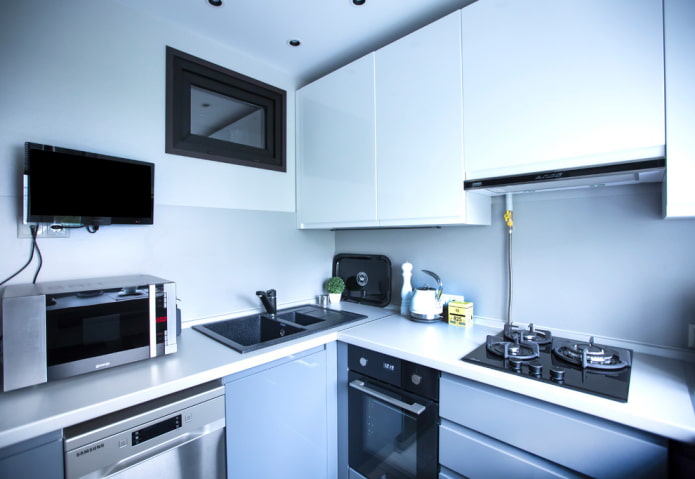
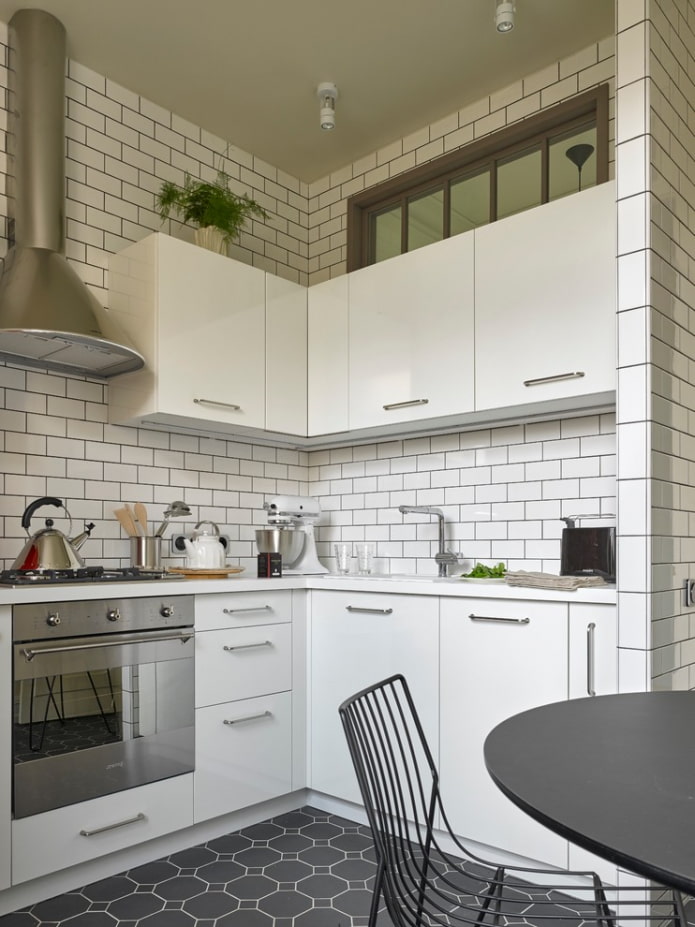

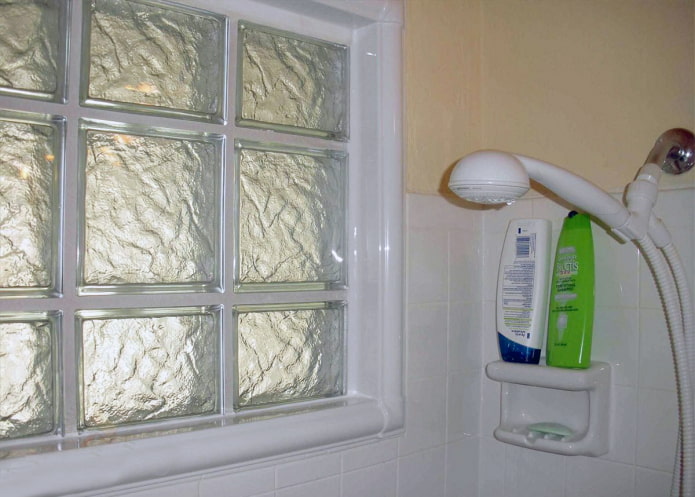

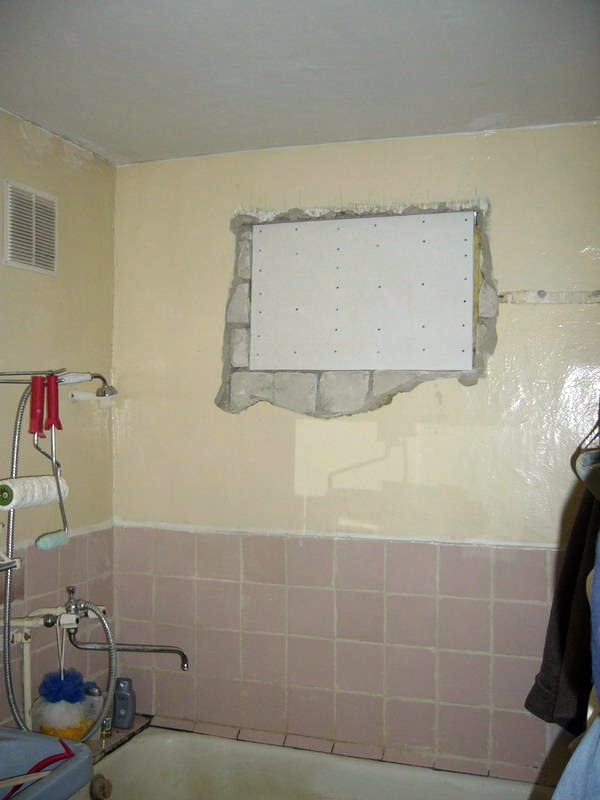

 13 bad habits a good housewife shouldn't have
13 bad habits a good housewife shouldn't have 24/7 home cleanliness - 4 secrets for the perfect housewife
24/7 home cleanliness - 4 secrets for the perfect housewife 6 hotels in Sochi that will give odds to the promoted foreign hotels
6 hotels in Sochi that will give odds to the promoted foreign hotels Top 10 interior design trends 2020
Top 10 interior design trends 2020 Rating of cheap TVs with Smart-TV
Rating of cheap TVs with Smart-TV New Year's LED garlands on AliExpress - we disassemble while it's hot, so that it's bright at home
New Year's LED garlands on AliExpress - we disassemble while it's hot, so that it's bright at home